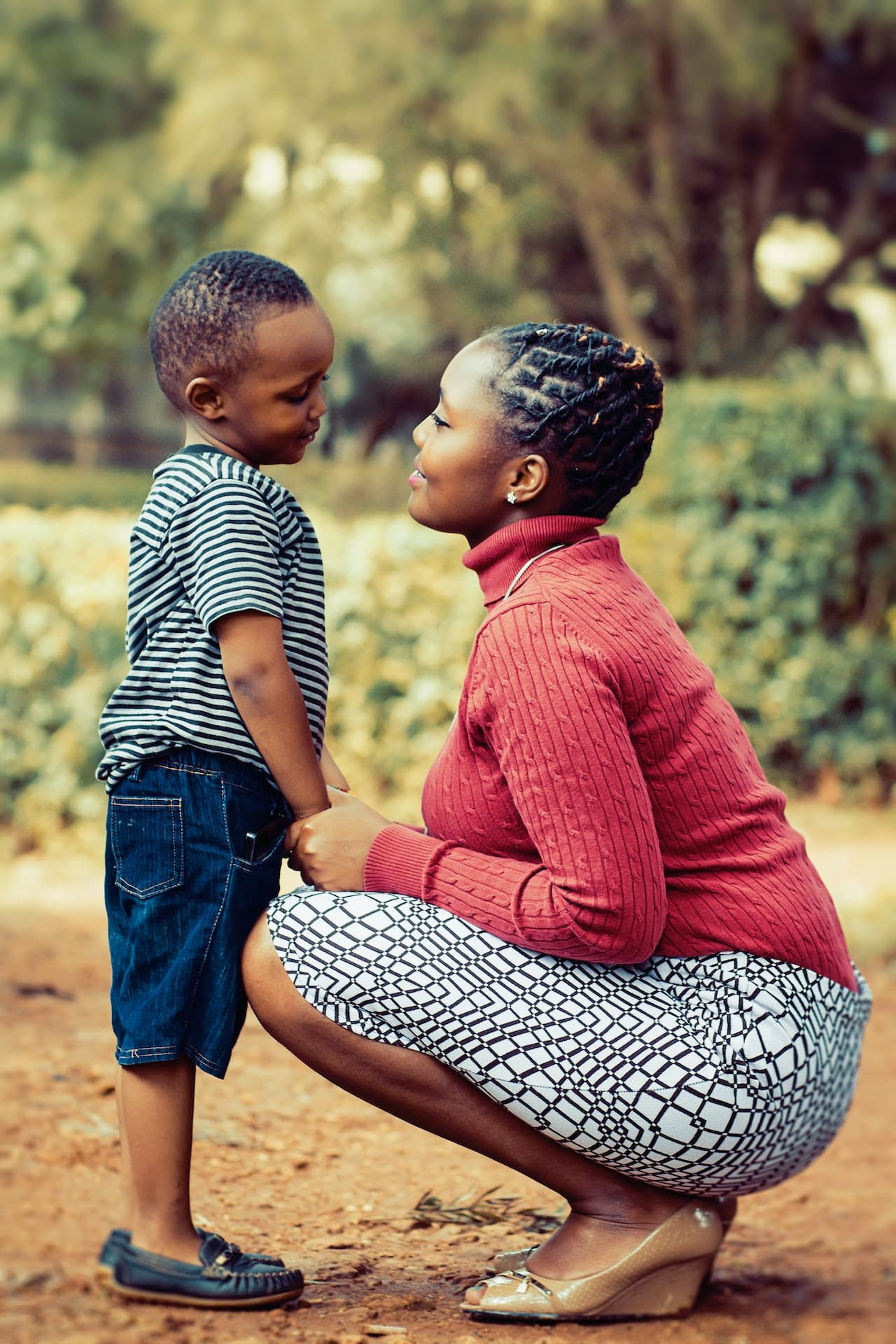Attachment Theory: The Blueprint for Healthy Human Connections.
Have you ever noticed that your relationships often feel rocky or stressful? Or perhaps you sometimes feel really anxious about getting close to people or trusting them? If these situations sound familiar, it’s possible that you have something called an “insecure attachment style.”
Attachment theory is a very well understood psychological model which helps explain why we feel the way we do in relationships and as individuals. It all starts in our very important formative years, when we’re babies and how we connect with our parents or main caregivers. These early connections can influence how we act and feel in our adult relationships.
In this article, we’ll explore attachment theory in a way which is easy to understand. We’ll talk about how your early experiences can still affect your adult relationships and how you feel about yourself. Whether you’re curious about why you feel the way you do in relationships, or just want to understand your own interactions better, keep reading. Attachment theory will help you figure out some important things about yourself and how you connect with others.

I’m Paul Parkin – A therapist and life coach. This is why you should work with me:

You can thrive, even if you had a tough start in life. Many people who had difficult beginnings have gone on to achieve great things and live happier lives.
If you feel like your early years experiences have left you with some challenges, don’t hesitate to reach out to me. My expertise in attachment has helped many people who faced these issues. Together, we can make sense of your past and work towards a happier future.
What some of my recent clients have said about our work together.
‘I contacted Paul at online counselling, because of my relationship problems, I have been having problems with relationships for as long as I can remember, Paul helped me to see that my early attachments were affecting my ability to create and maintain a good relationship.
His relationship check-in tool has made such a difference already, its looking like we might save my relationship and make it what we both want.
I’m continuing my work with Paul, just needed to say a big thank you for the work already, it’s so convenient too, all done on Skype from my iPhone.‘
Rob, Hong Kong
‘When I initially contacted Paul, he could not have been more helpful.
As time passed and we worked through my life-long issues of low self worth and my troubles with making and maintaining relationships, I have now learned that my childhood and the attachment I experienced all had a major impact.
Paul has equipped me with a useful array of therapeutic tools and strategies to help me make better choices.
I would not hesitate to recommend Paul’s service to anyone needing support and practical solutions. Thank you, Paul.‘
Art, USA
